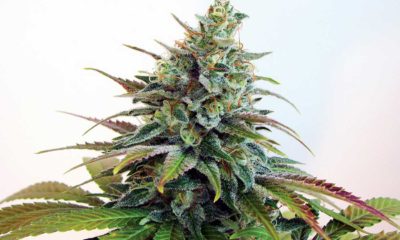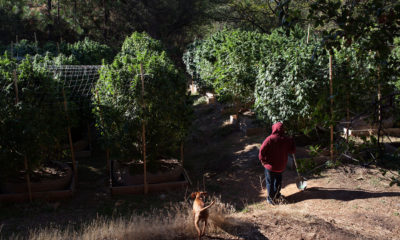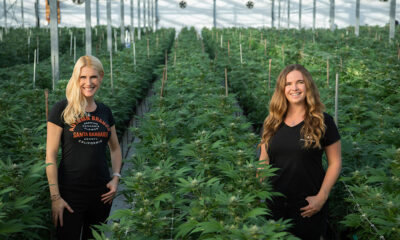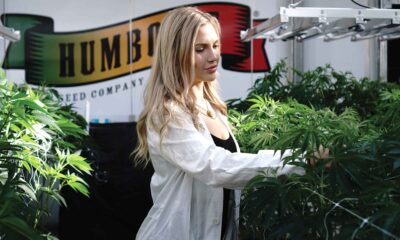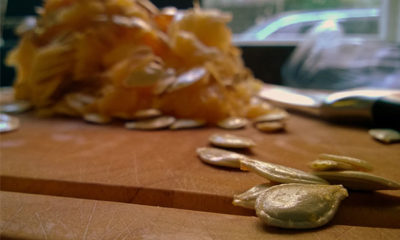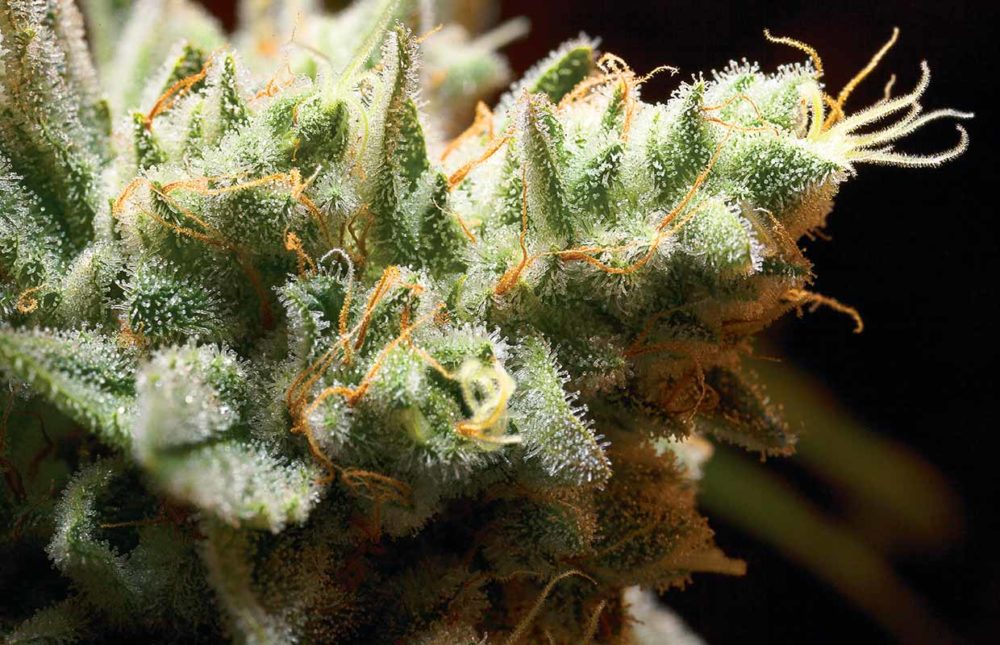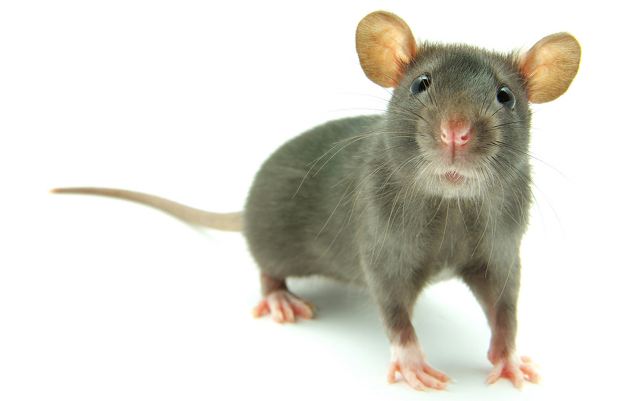
Cannabis
How To Keep Rodents Off Your Cannabis Plants Naturally
Like any other plant, cannabis needs protection from pests and vermin. But the widespread reliance on toxic chemical pesticides, especially in cultivation capitals like Humboldt, California, has had devastating environmental repercussions. Cannabis Now explores natural ways to control rodents that won’t poison the soil, groundwater, wildlife or your plants.
The widespread and often illegal use of rat poisons is devastating California’s redwood forests. The California Department of Fish and Wildlife (CDFW) reports that the use of illegal “2nd-generation” rodenticides has injured and killed thousands of domestic and wild animals, including protected species like owls and hawks.
Another estimate by the agency determined that “about 70 to 80 percent of animals in the wild are affected by second-generation rodenticides.”
In 2014, in response to the widespread abuse of these toxic chemicals, the California Department of Pesticide Regulation (CDPR) passed regulations to restrict the purchase, possession, and use of rodenticide baits.
Outside of California, New York is the only other state to seriously consider banning rodenticides but was unable to muster the political will.
And the problem is bigger than California alone. The EPA responded to environmental safety concerns by banning all mouse and rat poisons in pellet form. The agency went a step further and removed 12 specific d-CON rodent control products from the market in 2015.
Reckitt Benckiser, the multinational corporation behind d-CON poisons, initially challenged that federal ban, resulting in a delay. But that challenge was ultimately unsuccessful.
But there is hope for the environmentally conscious grower who wants to grow rat-free and also toxin-free. Here are a handful of natural methods that can be applied individually, or in conjunction with some or all of the rest.
Use a Cat to Catch a Mouse
Everyone knows that cats are natural predators of mice and rats, but most people aren’t aware that cats (and snakes) give off a pheromonal aroma which rodents are programmed to detect and avoid.
The smell causes intense fear in rats and mice, even if there isn’t an actual predator present. If you want to go the route of getting a cat, consider adopting a “working cat” from a shelter — they are often “master mouse-catchers.” Since the smell is all you need, the cat wouldn’t even have to be in your grow, just near enough for the rats to smell it. But if you let the cat do its thing, you’re likely to see your rodent population decline.
This method is mostly suited for rural outdoor grows, but if you can attract certain wild predators (like owls) they can also be very helpful at keeping rodents at bay. Instead of using rodenticides, use barn owl nesting boxes to house natural predators. Raptors Are The Solution (RATS) has more information available about using owls for rat control and the ecological importance of natural pest control.
Stephen Dillon, a Humboldt, California, grower with over two decades of cultivation experience, told TakeApart that he’s always relied on natural predators for rodent control.
“I’ve never bought rat poison over 26 years of growing,” he said. “We would set rat traps and tie them to trees, and the foxes and bobcats would come by every night and clean the traps for us.”
Terpenes – More Than a Way to Enhance Your High
Terpenes are the aromatic hydrocarbons which give everything in the world its unique smell. For plants, terpenes are a way to attract beneficial species, repel insects, fight off disease, fungus and everything else nature has to throw at them.
Many of these terpenes have medicinal effects, which are easily accessed by inhalation, ingestion, and topical application. But they can also be beneficial to your grow when it comes to pest control — like D-limonene, which is a natural pesticide effective against small insects like aphids.
For larger vermin, citronella oil is (a combination of three primary terpenes: citronellol, citronellal, and geraniol) has been shown to be an effective rodent repellant. A 2012 study on citronellal found that it makes male mice less attractive to females, potentially meaning less baby mice in your grow.
If that wasn’t enough, in 2013, citronellal was shown to have genotoxic effects on mice, causing chromosomal abnormalities. So even if they did manage to mate there would be likely health problems, reducing their negative impact on your crop. Geraniol has also been shown to cause anosmia in mice. The loss of their sense of smell makes those mice easier prey for cats or any other predators in the area.
Eucalyptus oil is primarily the terpene eucalyptol (cineole), which has been found to be a moderate deterrent to rats of both sexes. But all terpenes are highly volatile and prone to rapid dissipation, so any terpene-based method will need to be re-applied more often than once a week. The longer lasting impacts are one potential advantage of pheromonal treatments, but the two methods can also be used in tandem.
Wormwood, a component of absinthe, is mostly made up of the terpene thujone, which has been a patented way to repel rodents since 1985 due to its seizure-causing properties in lab rodents.
There are also some “natural remedies” that recommend using mint, mothballs and other strong-smelling natural elements, but there is no research to support those methods.
TELL US, what methods have you discovered for handling pests and vermin in your grow?



